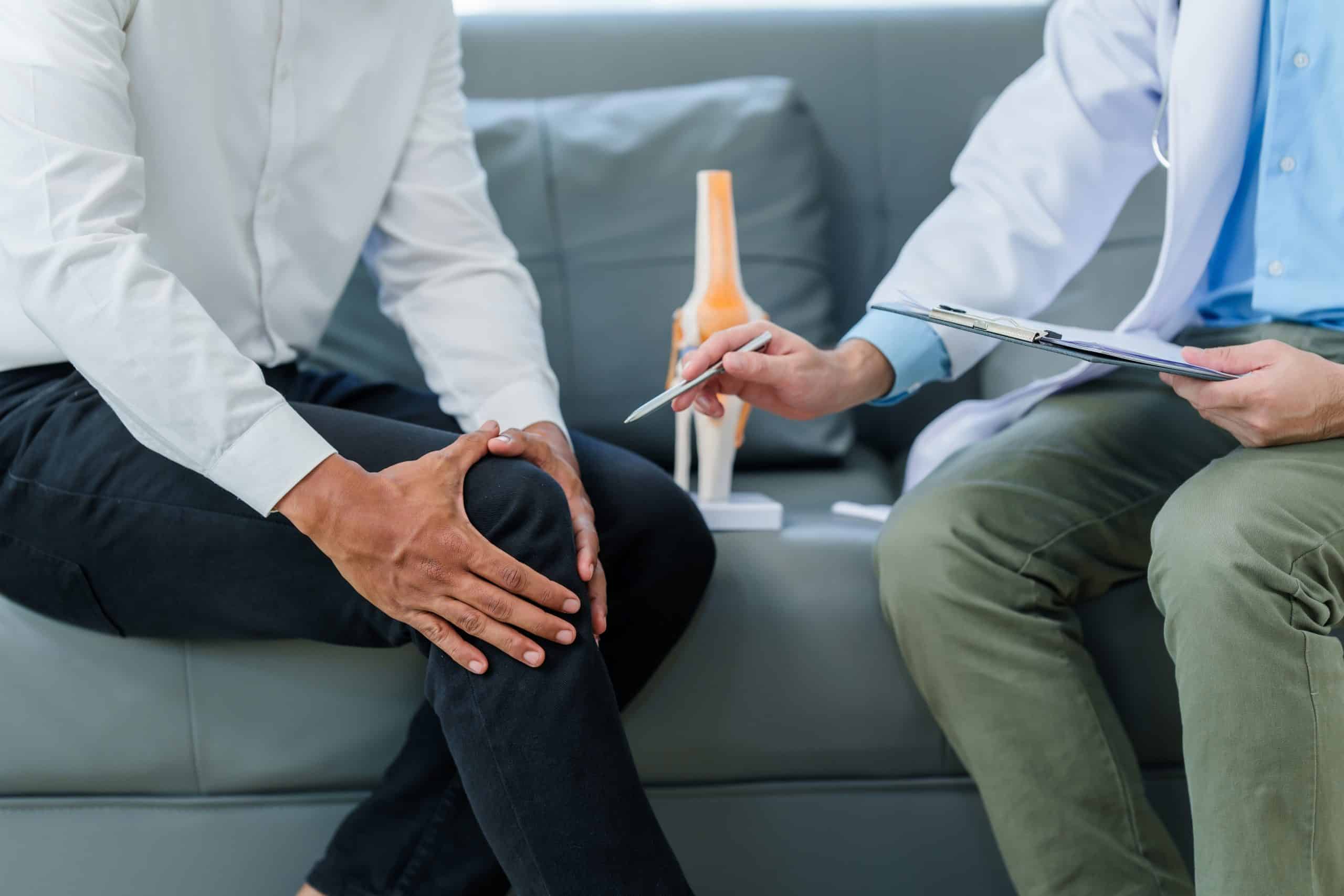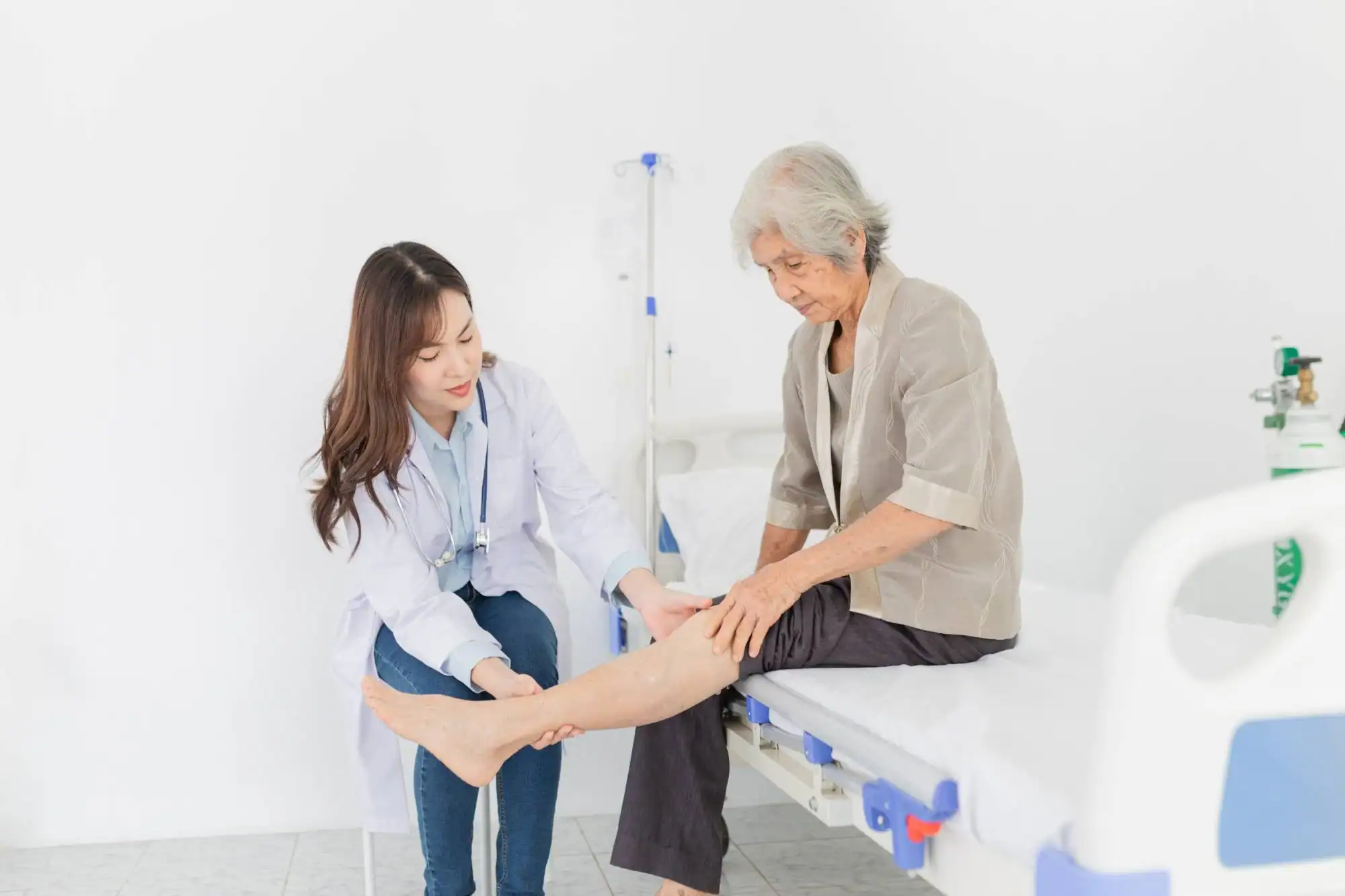Summary:
Multimodal Pain Management: The Foundation of Modern Recovery
The days of relying solely on a single pain medication are over. Multimodal pain management uses several different types of pain medications to help reduce pain in different ways, limiting the side effects of high doses of one pain reliever while reaping the benefits of pain relief from different, complementary techniques.
This approach recognizes that post-surgical pain has multiple components. There’s the immediate tissue damage from the procedure itself, inflammation as your body begins healing, and often muscle spasms or tension from compensating for the surgical site. Each requires a different strategy.
We make every effort to limit exposure and need for postoperative opioids. Instead, our pain management team creates a comprehensive plan that might include anti-inflammatory medications, nerve blocks, topical treatments, and non-pharmacological approaches working together.
Non-Opioid Approaches That Actually Work
Peripheral nerve blocks, epidural analgesia, infiltration of local anesthetics to the surgical site, and ice therapy are just a few non-opioid approaches to pain control after orthopedic surgery. Other opioid-sparing approaches include anti-inflammatory drugs, anti-seizure/neuropathic medications, and muscle relaxers.
Regional anesthesia techniques like nerve blocks can provide targeted pain relief for hours or even days after surgery. These work by blocking pain signals from reaching your brain, allowing you to move more comfortably during the crucial early recovery period. The beauty of nerve blocks is their precision—they can target specific areas without affecting your entire system.
Anti-inflammatory medications tackle the swelling and inflammation that contribute significantly to post-surgical pain. Unlike opioids, which simply mask pain signals, these medications address one of the root causes of your discomfort. When inflammation decreases, so does pressure on surrounding tissues and nerves.
Topical medications offer another targeted approach. Applied directly to the skin over the surgical site, they can provide localized pain relief without the systemic effects of oral medications. This is particularly useful for superficial procedures or as part of a broader pain management strategy.
Ice therapy, while simple, remains one of the most effective tools for managing acute post-surgical pain. It reduces inflammation, numbs the area, and can significantly decrease your need for stronger pain medications during the first few days after surgery.
Patient-Controlled Pain Management: Taking Charge of Your Recovery
Many patients can use patient-controlled analgesia (PCA), which allows patients to customize the delivery of their pain medication via intravenous, epidural, or continuous nerve block routes. Patients can give themselves additional small doses of pain medication on an as-needed basis, providing flexibility to address individualized needs and optimize the pain regimen.
The psychological benefit of having control over your pain management cannot be overstated. When you know you can address pain as it arises, anxiety decreases, which in turn can reduce your overall pain perception. We establish limits within the patient-controlled analgesia delivery system to help reduce side effects from certain pain medications.
This approach works because pain levels fluctuate throughout recovery. You might feel comfortable lying still but experience significant pain when trying to move or participate in physical therapy. PCA allows you to preemptively manage pain before activities that you know will be challenging.
The system also helps our medical team understand your pain patterns. By tracking when and how much medication you use, we can adjust your overall pain management plan and identify when you might be ready to transition to oral medications or reduce dosages.
Research consistently shows that patients who feel in control of their pain management experience better outcomes, participate more actively in rehabilitation, and often require less total medication over the course of their recovery.
Want live answers?
Connect with a NY Spine Medicine expert for fast, friendly support.
Integrative Therapies: Physical Therapy and Acupuncture for Faster Healing
Integrating alternative therapies alongside conventional medical treatments can obtain better results, help reduce reliance on medication, minimize side effects, and provide patients with a broader toolkit for managing their pain. The most effective approaches combine evidence-based complementary therapies with traditional pain management.
Research has proven that patients are able to function more efficiently and are better able to participate in recommended rehabilitation programs when their pain is controlled. This creates a positive cycle where better pain control leads to more effective therapy, which in turn promotes faster healing and reduced long-term pain.
Modern pain management recognizes that healing involves more than just managing symptoms—it’s about restoring function and helping your body return to its optimal state.
Physical Therapy: The Foundation of Functional Recovery
Physical therapy is the process of working through an injury slowly through rehabilitative exercises. This can be taken in conjunction with mild pain management medication, with therapists working to determine what types of medication will work depending on your medical history and needs.
Physical therapy after surgery isn’t just about regaining strength—it’s about retraining your body to move correctly. Surgery creates changes in how you move, even when it’s successful. Your body compensates for pain and altered anatomy, often developing movement patterns that can lead to problems later if not addressed.
In post-operative care scenarios, physical therapy is critical for regaining function after surgical interventions, working alongside the healing process guided by the surgeon. Our physical therapists work closely with your surgical team to ensure that exercises and activities are appropriate for your specific procedure and stage of healing.
Early mobilization, when appropriate, can actually reduce pain by preventing stiffness, maintaining circulation, and reducing the risk of complications like blood clots or pneumonia. Our therapists will guide you through gentle movements that promote healing without stressing the surgical site.
Manual therapy techniques can address muscle tension and joint stiffness that develop as side effects of surgery and the recovery process. These hands-on approaches can provide immediate pain relief and improve your ability to participate in active exercises.
The psychological benefits of physical therapy are equally important. Working with a therapist gives you concrete goals and measurable progress, helping combat the frustration and anxiety that often accompany surgical recovery.
Acupuncture: Ancient Wisdom Meets Modern Pain Science
Acupuncture can aid in post-surgical recovery by reducing pain, inflammation, and promoting healing. What was once considered alternative medicine is now recognized as an evidence-based treatment that can significantly enhance surgical recovery when integrated with conventional care.
Patients who received acupuncture and physical therapy combined had the best outcome of pain reduction, increased range of motion and improved quality of life. This isn’t surprising when you understand how acupuncture works—it stimulates your body’s natural pain-relieving mechanisms while promoting healing at the cellular level.
Before surgery, acupuncture can increase your endorphin levels which can alleviate anticipated surgical pain, decrease anxiety, and enhance overall health. Because surgery is traumatic to the body, maximizing a person’s emotional and physical well-being is advantageous for a good post-surgical outcome.
The timing of acupuncture treatment matters. Starting acupuncture treatments at any phase during physical therapy is beneficial, but ideally, you would start them together—this allows time for your muscles to become more relaxed and to reduce pain and inflammation while commencing exercise therapy.
Physical therapists find it easier and more effective to perform manual techniques after a patient has had acupuncture. The patient’s body is in a state that is better available to receive the manual work, allowing muscles and joints to respond to become more functional, better aligned and stronger.
Acupuncture works through multiple mechanisms. It stimulates the release of endorphins, your body’s natural painkillers, while also affecting neurotransmitter pathways that influence pain perception. Acupuncture might help reduce the need for high doses of pain medication by influencing nerve pathways, while manual therapy can ease muscle spasms that contribute to conditions like chronic back pain.
Your Path to Effective Post-Surgical Pain Management in NYC
Effective post-surgical pain management isn’t about enduring discomfort—it’s about creating the optimal conditions for healing while maintaining your quality of life. The most successful approaches combine multiple strategies, from advanced multimodal pain control to integrative therapies like physical therapy and acupuncture.
We incorporate alternative therapies through careful patient assessment, personalized planning, and ongoing monitoring. Methods like physical therapy, manual therapy, acupuncture, and mind-body practices are often used in conjunction with traditional medical care. This comprehensive approach gives you the best chance for a smooth, complete recovery.
Remember, every surgical recovery is unique. What works best for you depends on your specific procedure, overall health, pain tolerance, and personal preferences. The key is working with experienced professionals who can develop a personalized plan and adjust it as your recovery progresses. If you’re facing surgery or currently managing post-surgical pain, consider reaching out to us to explore how these evidence-based strategies can support your recovery.






